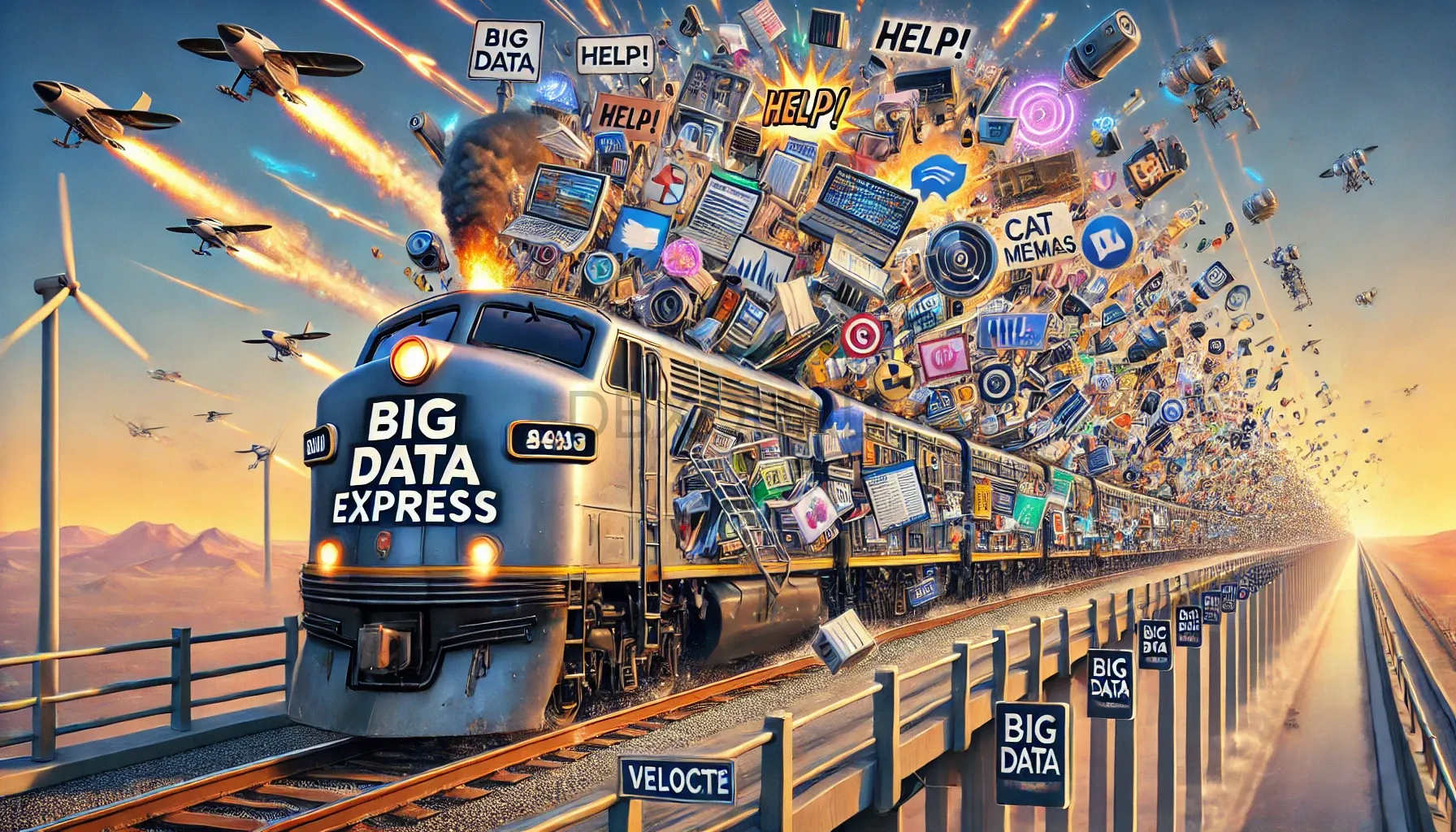Ever wonder how Netflix somehow knows you’ll love that obscure Danish thriller? Or how your weather app tells you it’s going to pour in 10 minutes? That’s not magic. It’s big data doing its thing behind the scenes. And to wrangle all that messy, massive, fast-moving data, you need more than a spreadsheet and good vibes. You need proper tools.
Today we’ll chat about a few of the big ones. Hadoop, Spark and some of their mates. No stress, I’ll keep it simple. Maybe even fun.
So… What Exactly Is Big Data?
Think of big data as a whole lot of data. But not just in terms of size. We’re talking volume, speed and different types of data all at once. You can’t just chuck it into a folder and call it a day. You need tech that’s built to handle that scale.
Meet Hadoop — The Organised Librarian
Hadoop is like that friend who knows where everything is. Picture a giant library. You can’t pile all the books on one shelf. It’d collapse. Instead, Hadoop spreads the books across a bunch of shelves in different rooms.
Same thing with data. Hadoop splits it up into chunks and stores each chunk on a separate machine. If one of those machines fails, it’s cool. There’s a copy somewhere else. It’s built to keep your data safe even when things go wrong.
At the heart of Hadoop, you’ve got two parts:
- HDFS — the bit that stores all your data across multiple machines.
- MapReduce — the bit that breaks big jobs into small ones and runs them in parallel.
Now Enter Spark — The Speed Freak
If Hadoop is your careful librarian, Spark is the intern who reads a hundred books before lunch.
Spark processes data like Hadoop but much faster. Why? Because it keeps stuff in memory while working, rather than writing to disk every five seconds. That’s a big deal. It means Spark is great for real-time stuff or when you need results fast.
Imagine a slow cooker versus a microwave. Both get the job done, but one’s clearly faster when you’re hungry.
When to Use What
Use Hadoop when you’ve got heaps of data and time’s not a problem. Like archiving logs or batch jobs overnight.
Use Spark when speed matters. Live dashboards. Real-time alerts. Anything where waiting feels like too long.
A Few More You Should Know
- Hive — lets you query data in Hadoop using SQL. Makes things easier if you’re already good at SQL.
- Kafka — moves data in real time, like a super reliable postie.
- Flink — a real-time pro. Similar to Spark, but built from the ground up for constant data streams.
How They Work Together
They actually make a great team:
- Hadoop stores the data.
- Kafka delivers new data as it comes in.
- Spark or Flink process it on the fly.
- Hive helps you ask smart questions using SQL.
Each tool has a job. Together they handle just about anything big data throws your way.
Why It Matters
Because we’re swimming in data. Tweets, shopping carts, health records, traffic sensors, you name it. It’s non-stop. These tools help us turn that chaos into something useful.
From helping doctors spot issues early to recommending your next favourite show — this stuff runs the world now.
Final Thoughts
Big data can sound intimidating. But when you break it down, it’s just about making sense of tons of information. Tools like Hadoop and Spark do the heavy lifting. And then you’ve got helpers like Hive, Kafka and Flink to keep things humming along.
So the next time your app knows what you want before you do, now you know what’s working under the hood.
